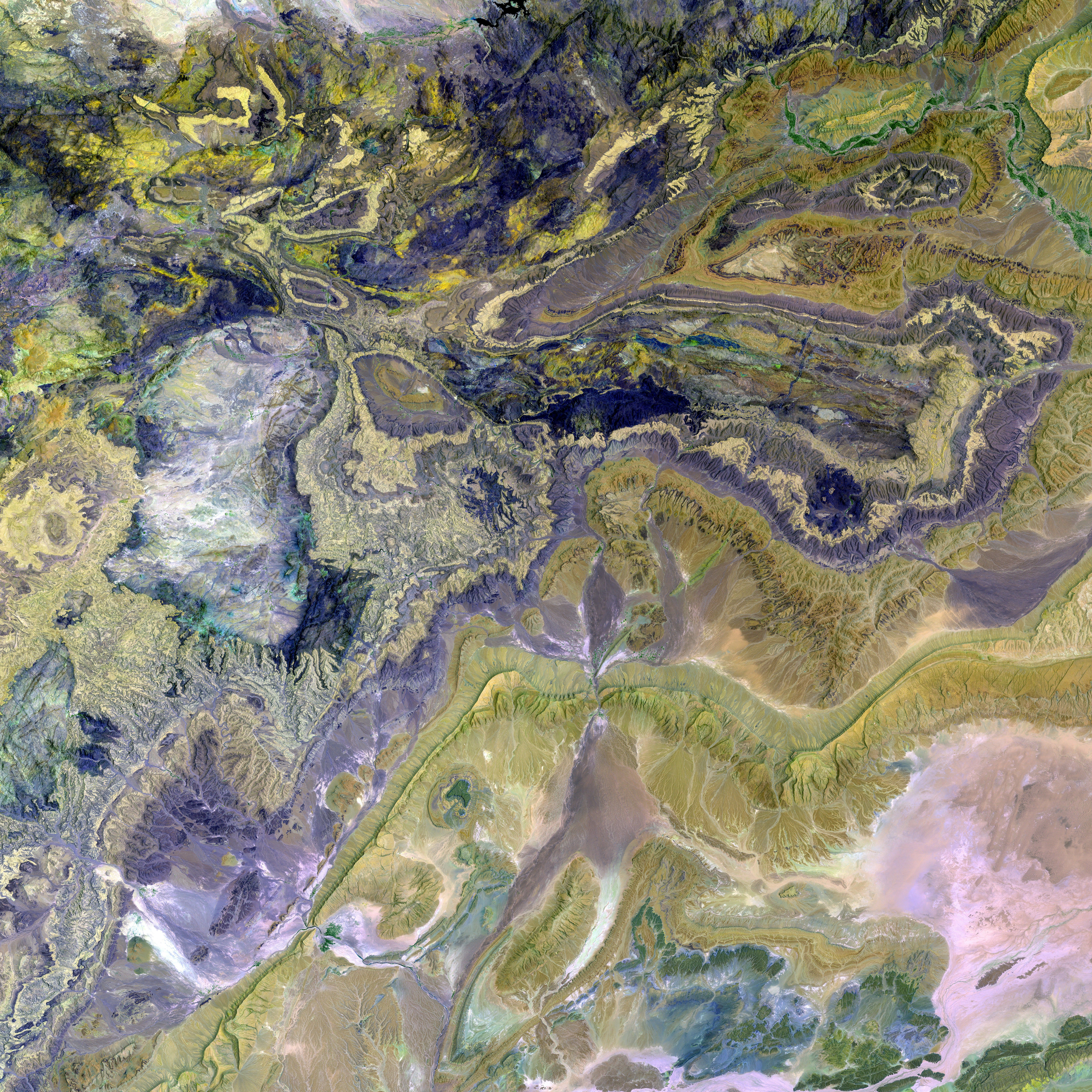Going 'Mammoth' on Austrian Ground: A Stone Age Slaughter Site Unearthed
Scientists Discover Mammoths in Austria
In the heart of modern-day Austria, a chilling glimpse into the past has been unveiled. Archaeologists have stumbled upon a Stone Age mammoth slaughter site near St. Pölten, shedding light on the brutally strategic techniques early humans used in their hunt for mammoths.
During excavations in a valley, these marvels of ancient history, approximately 25,000-years-old, have been discovered. The remains of at least five hunted mammoths, accompanied by stone tools, prove that this site was once a hub for processing mammoth meat and ivory.
Remarkably, the remains of at least three mammoths were found in a single location. This cluster includes complete and dismembered tusks and suggests that ivory processing took place at the site. Interestingly, the findings show a dearth of vertebrae and fewer long bones. According to one researcher, "The people somehow sorted." [1]
This idyllic valley, once a hunting ground for ice age mammoths, was an advantageous spot to ambush these giants. The researcher further explains, "There was obviously an ideal place to ambush the mammoths. People understood the animals and knew when they were moving through this valley." [2]
Excavations similar to these are underway in Poland and the Czech Republic to delve deep into the history of the exploitation and use of woolly mammoths by humans. [3]
Sources:1. Austrian Academy of Sciences2. jwu/dpa3. ntv.de
The community policy for upcoming excavations in Poland and the Czech Republic might need to consider the strategic techniques used by early humans, as seen in the discoveries of a Stone Age mammoth slaughter site in Austria.
Feedback from the recent excavation in Austria adds valuable insights into the specific methods employed by early humans in hunting mammoths.
The significant findings in Austria, including the sorting of mammoth remains, indicate the advanced knowledge early humans had about the behavior of mammoths.







